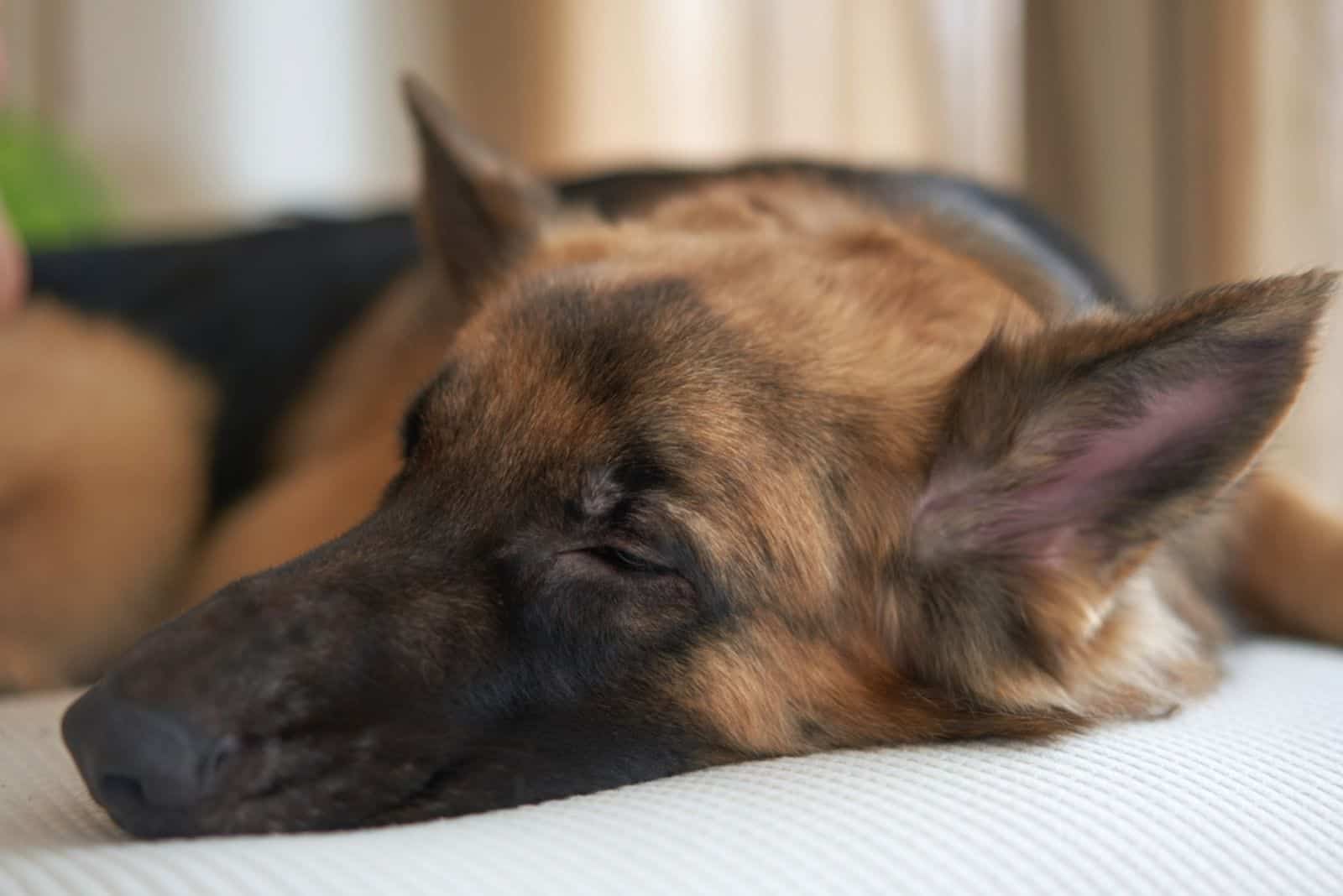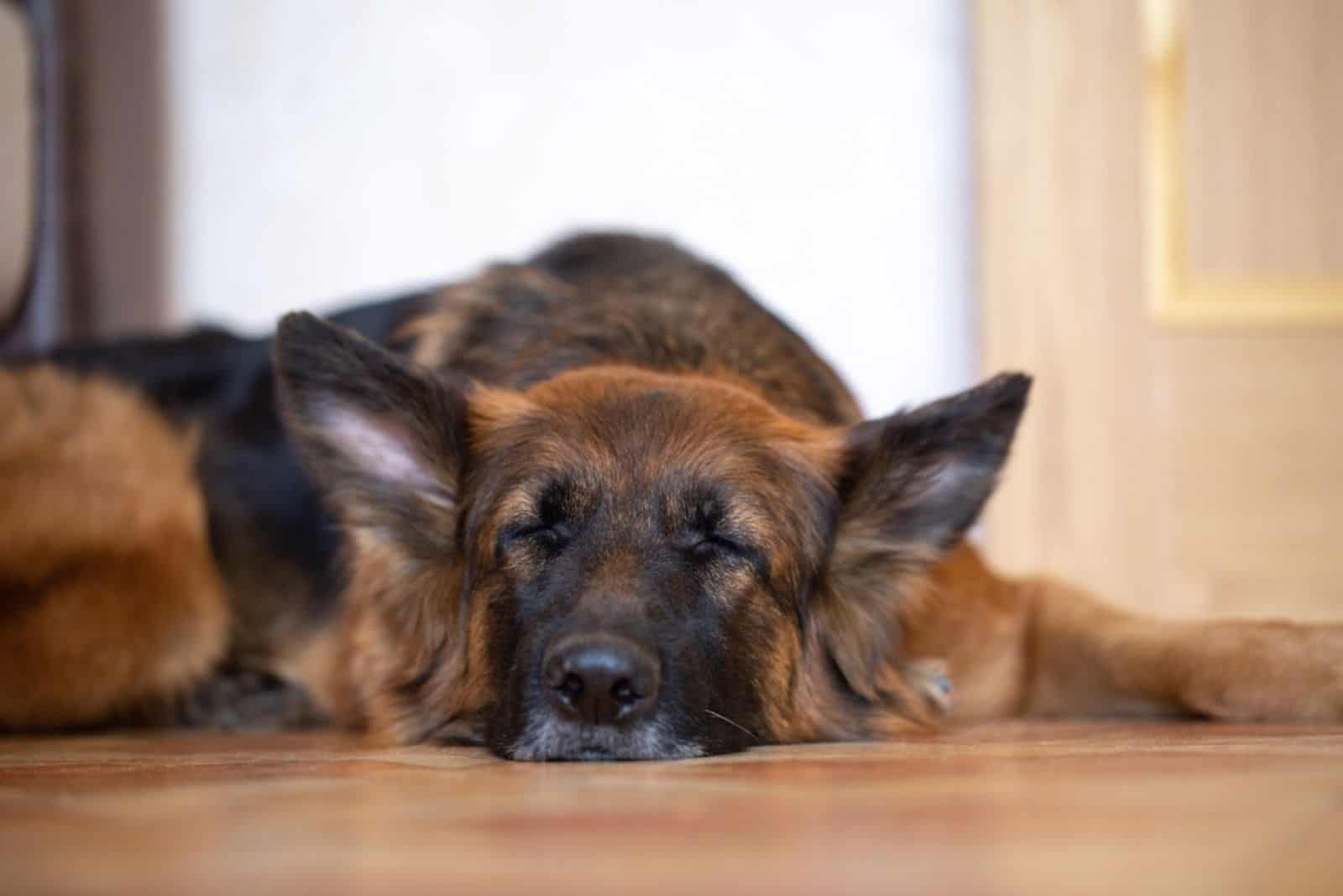

Yesterday, I got an email from a reader who needed some guidance. As always, I jumped right in to try and help them feel better.
What Was in the Email?
The reader, Allan, shared that his dog Josie has been having a tough time. She’s only two years old and recently started whimpering and crying in her sleep. Allan’s first thought was that Josie might be dreaming, but the constant repetition of this behavior every time she went to sleep, including during naps, made him worried. He suspects it’s not just dreams and is concerned that Josie might be in pain.
Common Dog Behaviors While Sleeping
Initially, most of us might think a dog is simply dreaming when they whimper or twitch in their sleep. These actions often occur during the REM stage of sleep when dogs are deeply asleep and their brains are highly active. During this phase, dogs process their daily experiences and relive memories, which can manifest as movements or sounds.


Why Might a Dog Whimper in Sleep?
- Dreaming: As noted, dogs often dream during the REM stage, which can lead to whimpering or twitching. This is typical and usually isn’t a cause for concern.
- Attention Seeking: Particularly in puppies, whimpering can be a way of seeking attention. Young dogs are more prone to this behavior as they feel small and vulnerable.
Could Whimpering Indicate a Medical Issue?
Unfortunately, yes. Allan owns a German Shepherd, a breed known for certain genetic health issues like hip or elbow dysplasia, which can affect a dog at any age. Conditions like arthritis or other joint problems might cause pain that disturbs the dog’s sleep.
Other potential medical issues include:
- Bloat: Particularly in large breeds like German Shepherds, bloat can cause significant discomfort and lead to symptoms such as whining and lethargy.
- Nervous System Issues: Conditions affecting the nervous system, such as seizures, can also lead to unusual behaviors in sleep, including whimpering.


What to Do If Your Dog Is Crying in Sleep
While it might be tempting to wake your dog if they seem distressed in their sleep, it’s usually best to monitor their behavior without interrupting their sleep. If the behavior is new, persistent, or accompanied by other signs of distress, a veterinary checkup is advisable.
Monitoring and Response


It’s essential to observe whether there’s a pattern or increase in frequency of your dog’s whimpering. Sudden changes or intense episodes might require medical attention. Regular veterinary checkups can help identify and manage any underlying health issues before they become more serious.
How to Support Your Dog
Providing a comfortable and safe sleeping environment can help minimize sleep disturbances for dogs. Ensure they have a quiet place to rest without too much disturbance, and maintain a routine that includes plenty of exercise and mental stimulation during the day to ensure they are tired and ready for a restful sleep at night.
Conclusion
It’s crucial to balance normal canine behaviors with vigilance for potential health issues. While whimpering during sleep is often harmless, persistent or severe cases should be evaluated by a vet to rule out pain or medical conditions that could be affecting your dog’s health and comfort. Always better safe than sorry when it comes to the health and well-being of our furry friends.






